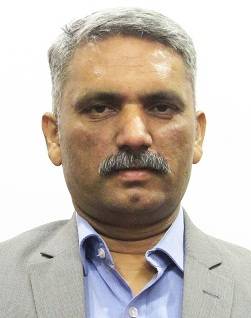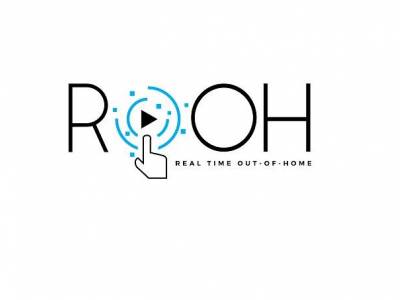Guest Column: Coffee Shops - bean there seen ads
The warm smell of roasted beans and the ever so satiating aroma of bakes revitalizes my senses, forcing me to imagine what might be brewing. As wild as my imagination, these encounters or rather teasers with my side are becoming quite too often these days, while I appreciate being able to indulge in, what I like to call – the coffee camaraderie, I look back upon the good old days of Udupi restaurants that carried a smell of a tradition, and of a legacy crafted by generations and not just coffee. My extrinsic definition of Udupi outlets would be that of the ultimate snaking places for urbanites. Not pricey and very satisfying at the same time and often as a part of the cultural norm, the denouement of savory meals would be a ‘Kaapi’ or coffee in colloquial form and the unforgettable poke from the waiter “aurkuchmangtahaikya”, an informal way of implying that if done then make a move, lingered in frustration.
But, aren’t we a tea loving nation and how did this new addiction for coffee arise. Well, the story of yesteryears and that of today brings us to acknowledge, without denial, the rapid behavioral change which has brought a momentous shift in preference both from a consumer’s perspective and the service providers’, and if I were to pull out a common thread, connecting both epochs, it would certainly be the focus on productivity. After all what was seen as important yesterday has transformed into what is important today and in the future.
Focus on experience
With the sudden rise and empowerment of the Indian middle class, the race to win their hearts has taken an unprecedented turn. The transformation from eateries to quick service restaurants to coffee shops is worth noticing that how quickly international brands have rubbed shoulders with each other to get the maximum out of the middle class momentum. They knew they already had the affluent along their sides, it was only the middle class they had their focus on. As purchasing power increased the demand for more out of the buck became a priority for consumers and they were happy to lap it all as there was no pressure on how much you spent and how long you sat at these outlets. Soon what was a hangout place became a gathering place, to even interviews being conducted, movie scripts being discussed, guitars being strummed, books being read and of course it wasn’t long enough the brands saw coffee shops as an opportunity to engage with their audience.
Competition then and now
A quick travel back in time gives us an understanding of this sudden evolution. Circa 2000, when Barista opened its stores in India suddenly sipping coffee was the most in-thing and the place to be seen at. Tambis replaced by English speaking people to serve and place orders, fancy menus, air conditioned atmosphere and above all no pressure to move out once done. Soon Café Coffee Day, Lavazza, Costa, Di Bella, Coffee Bean and Tea Leaf and finally Starbucks queued up to quench the thirst of coffee and tea lovers in India. In their quest to outdo each other, business consolidation and mergers started. Location and price point defined type of audience that would come in, and menu started evolving. From offering combo deals to loyalty offers there was more an enough to lure the consumers. Estimation says that Starbucks enjoys somewhere close to 25% revenue through its loyalty program (Starbucks loyalty program).
The consumer perspective
A consumer spends on an average 90 minutes at the coffee shops and spends an average of Rs 400. (details on frequency of visit). A visit to coffee shops varies basis the location, higher frequency of over 3 visits per week, near colleges and corporate parks, whereas residential vicinities see visits largely during late evenings and on weekends. The average ticket size also varies depending upon the location’s real estate value. The outlets have realized the potential of having more consumers and are open to monetizing the opportunity. Some of the simplest form of advertising is using tent cards, standees, digital screens, table mats and branding on walls. Advertising has taken the unconventional form also with Coffee art, an interesting way to connect with your consumers. Some of the brands have used coffee shops to create viral content, hold interactive sessions and even pranks. Free WiFi access at coffee outlets is another interesting and interactive way to connect with consumers, besides running the usual banner ads and rich media, ads can be pushed instantly through WiFi, opening an avenue for hyperlocal ad serving.
All chains are open to explore ideas and work closely with the brands, however some are yet to tap into the potential of ad sales, bringing in additional revenue stream. So next time you walk into a coffee shop remember it’s not just the coffee that is being served but also some interesting ads.
(By Mr. Deepak Kumar, Vice-President, Ambient OOH)





















Share
Facebook
YouTube
Tweet
Twitter
LinkedIn